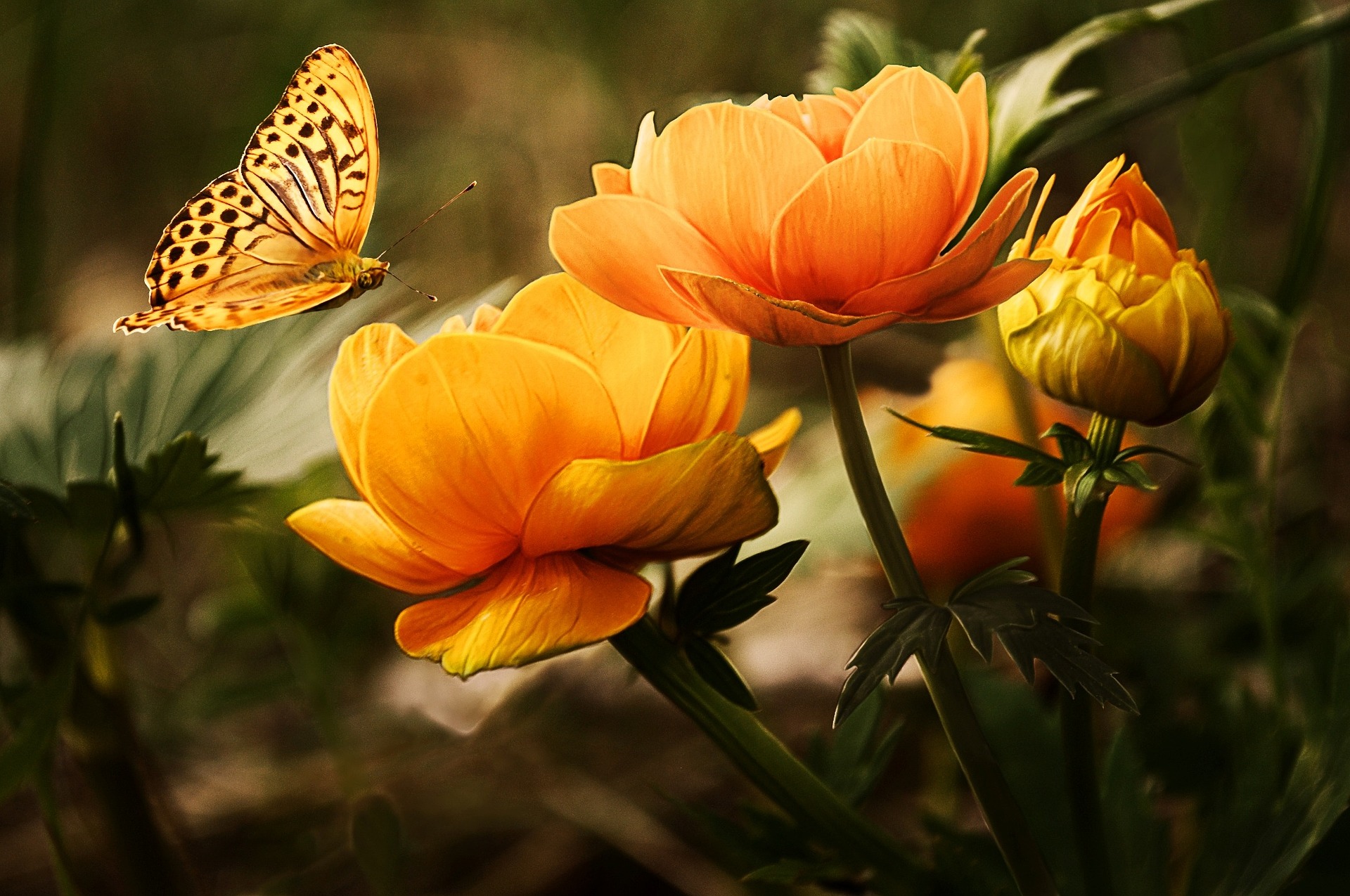The best part of the spring season also happens to be its worst for many people: flowers, and therefore pollen. Once you notice the flowers begin to bloom, you know it’s also the beginning of allergy season. However, you can still have the beautiful, flowering garden of your dreams during the spring without the fear of suffering through hay fever. There are flowering plants that are known to be non-allergens. You can have a variety of blooms in your garden and not have to sneeze your way through it. Here are 10 beautiful flowers you can choose to plant if you suffer from allergies in the spring or throughout the year.

1. ROSES
Roses top this list because they’re one of the most common blooms with the most available varieties. They’re easy to find, easy to plant, and very affordable. Most roses are not expected to trigger your allergies, but you’ll do best if you stick to varieties that have denser petals. They tend to release the least pollen.
2. ORCHIDS
Orchids are difficult to grow, but once you’ve bloomed a flower, you can never turn back. The good news for allergy sufferers is that orchid pollen rarely triggers any reactions. Orchids also take less intervention and pruning compared to other plants.
3. HYDRANGEAS
These flowers are beautiful in a garden when they’ve all bloomed. Their large blooms add loads of shape and character to an outdoor space. If you love hydrangeas, you can plant them even if you have allergies because they tend to be non-irritants. If you are highly allergic, however, experts say to avoid the Pee Wee and Oak Leaf varieties, just to be sure.
4. PANSIES
Because of the thick and sticky pollen of pansies, they’re not likely to cause your allergies to stir up. The wind can’t carry their pollen around because of its weight – so you can enjoy your outdoor garden full of these stunning flowers. You might want to look into other varieties of the viola family as well.
5. BOUGAINVILLEA
Bougainvillea flowers are actually very tiny, and what most people consider to be the flower is actually just the surrounding bracts. Since bougainvillea flowers are so tiny, they produce very little pollen. These flowers also add a nice touch to garden spaces. They can basically crawl up anything you put next to them, adding character and shape.
6. CACTUS
People don’t normally associate cacti with flowering plants, but they do flower and do so beautifully. These plants do cross-pollinate, but insects do the job instead of the wind. So you can grow these sun-loving plants without worrying about your allergies.
7. IMPATIENS
Impatiens flowers have large and sticky pollen that is too heavy for the wind to pick up. Instead, they rely on insects to transfer pollen. For you, that means an allergy-free gardening experience. This genus has so many varieties to choose from that you can satisfy an entire garden color scheme with just these types of flowers alone.
8. PETUNIAS
If you have allergies but still love the smell of flowers, you might consider planting petunias in your garden. These flowers will give off a light scent when there are a lot of them together. The good news is they’re not considered to be allergens, so you are not likely to get a headache or a sneeze attack every time you come across their scent.
9. HIBISCUS
This is a flower that you probably thought was highly allergenic because of the way it looks; it does have all its pollen bared out for you to see. However, hibiscus pollen is too heavy to be carried by the wind, so you’re not likely to breathe in much hibiscus pollen and get a reaction from it. Interestingly, the only way you can contract hay fever from hibiscus is if you drink tea made from its leaves which might have dried pollen mixed in with the rest of the flower.
10. GERANIUM
Naturally, geranium flowers produce small amounts of pollen, but scientists have created flowers that are completely pollen-free. It’s something you won’t be able to get until it goes into mass production, but regular geraniums are still a good bet. The amount of pollen they produce is so negligible that you won’t need to worry about getting red and stuffy while you’re out in your garden.





